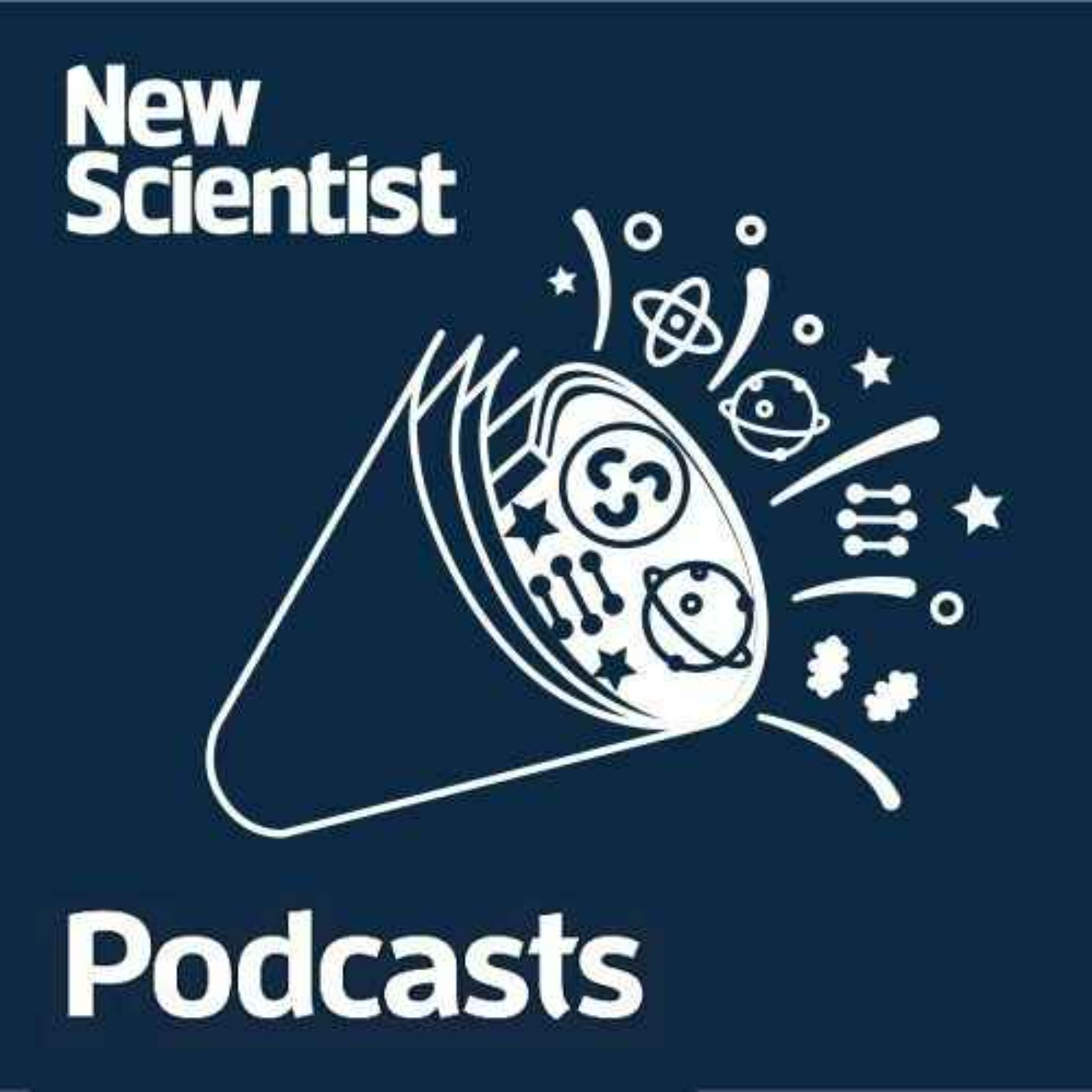
New Scientist Podcasts
New Scientist
カテゴリー:Science
Podcasts for the insatiably curious by the world’s most popular weekly science magazine. Everything from the latest science and technology news to the big-picture questions about life, the universe and what it means to be human.
For more visit newscientist.com/podcasts
Hosted on Acast. See acast.com/privacy for more information.
2024年04月19日
Weekly: Carbon storage targets ‘wildly unrealistic’; world’s biggest brain-inspired computer; do birds dream?
#246
Our best climate models for helping limit global warming to 1.5oC may have wildly overestimated our chances. To reach this goal, models are relying heavily on geological carbon storage, a technology that removes carbon from the atmosphere and places it underground. But it may not be nearly as effective as models have suggested, making the task of decarbonising much more difficult. Do we need to rethink our approach?
Intel has announced it has constructed the world’s biggest computer modelled on the human brain and nervous system. This neuromorphic computer, called Hala Point, may only be the size of a microwave oven, but its innovative technology could someday run artificial intelligence that’s smarter and more energy efficient.
After a blast of sound from a keyboard shot through her whole body, experimental musician Lola De La Mata was hit with debilitating tinnitus. It was so profound it left her with vertigo, difficulty walking, speech problems and unable to make music. Years later, she is now putting a spotlight on the condition with a new album, Oceans on Azimuth. Hear her story and music from the album in a special feature. Plus, read Clare Wilson’s recent feature about the future of tinnitus and hearing loss.
Do birds dream? They just might. Birds’ vocal cords move in their sleep, as if they’re singing, but don’t actually make a sound. Now researchers have managed to use these vocal movements to synthesise their songs and hear them aloud – with surprising results. Does this prove that birds dream?
Plus: The biggest stellar mass black hole ever found is very close by; fossil hunters uncover the jawbone of an extinct reptile that may have been the biggest ever to swim the oceans; how skin wounds can cause gut problems.
Hosts Timothy Revell and Christie Taylor discuss with guests Madeleine Cuff, Matt Sparkes and Karmela Padavic-Callaghan. To read more about these stories, visit newscientist.com.
Hosted on Acast. See acast.com/privacy for more information.
2024年04月16日
Dead Planets Society: How to Destroy A Black Hole
How do you destroy a black hole? Turns out they're pretty tough cookies.
Kicking off a brand new series of Dead Planets Society, Chelsea Whyte and Leah Crane take on the universe's most powerful adversaries. With the help of their cosmic toolbelt and black hole astronomer Allison Kirkpatrick at the University of Kansas, they test all the destructive ideas they can think of.
Whether it’s throwing masses of TNT at it, blasting it with a t-shirt gun full of white holes, loading it up with a multiverse worth of matter, or sending it back in time – they try everything to kill a black hole. Will they succeed?
Dead Planets Society is a podcast that takes outlandish ideas about how to tinker with the cosmos – from punching a hole in a planet to unifying the asteroid belt to destroying the sun – and subjects them to the laws of physics to see how they fare.
Your hosts are Leah Crane and Chelsea Whyte.
If you have a cosmic object you’d like to figure out how to destroy, email the team at deadplanets@newscientist.com. It may just feature in a later episode…
Hosted on Acast. See acast.com/privacy for more information.
2024年04月12日
Weekly: The multiverse just got bigger; saving the white rhino; musical mushrooms
#245
The multiverse may be bigger than we thought. The idea that we exist in just one of a massive collection of alternate universes has really captured the public imagination in the last decade. But now Hugh Everett’s 60-year-old “many worlds interpretation”, based on quantum mechanics, has been upgraded.
The northern white rhino is on the brink of extinction but we may be able to save it. Scientists plan to use frozen genes from 12 now dead rhinos to rebuild the entire subspecies. But how do you turn skin cells into actual rhinos and will it work?
A single-celled alga has done something thought to have happened just three times in the entire history of life on Earth. Braarudosphaera bigelowii has formed a unique bond with a bacterium living inside it and has developed a new cellular structure. This organelle may be why this alga became so successful and widespread.
We’ve got a new way of looking for aliens without having to go planet hopping. The method involves scouting the universe for planets that are close together and look similar to each other – hinting that an advanced civilisation may have colonised them.
We’ve had the orbits of the planets turned into music, we’ve heard the sonification of data and even heard what a black hole sounds like. This time, it’s the turn of mushrooms. Musician and artist Brian D’Souza has used a process called biosonification to produce musical tones from Shiitake and Reishi mushrooms. Learn more about Brian D’Souza here. And get details of his live performance on April 19th here.
Plus, we mark the passing this week of Peter Higgs, who first proposed the existence of the Higgs boson and later won the Nobel Prize for his efforts.
Hosts Timothy Revell and Rowan Hooper discuss with guests Karmela Padavic-Callaghan, Michael Le Page and Corryn Wetzel. To read more about these stories, visit newscientist.com.
Hosted on Acast. See acast.com/privacy for more information.
©© 2021 New Scientist Weekly